
Important historical cultural monuments in Georgia. Lamis Temple.
Lamisa in the pagan era was the main cult temple for rulers and was the main temple for the settlement of nearby gorges. Unfortunately, Lamisa has been preserved very poorly, but it is necessary to come here, feel the atmosphere and the spirit of history. From the hills there is a beautiful view of the landscapes.
The Church of St. George in Lomisa (VII-IX centuries) and the chapel are located on the watershed ridge of the rivers Ksani and Aragvi.
The structure is a simple three-church basilica. The remains of buildings of various purposes have been preserved around the temple. In the pagan era, Lomisa (the name is associated with the bull, whose cult was likened to the cult of the moon - the horns of the bull and the crescent moon) was the main cult temple for the rulers. Then a Christian church was built on the site of a pagan temple. Lomisa was the main temple for the population of Mtiuleti and the Ksani Gorge. Political and legal issues were resolved here at the council of Elders.
The festival of the temple-Lomisoba is held in the seventh week after Easter. Pilgrims from all over Eastern Georgia gather in the village of Mleta. The priests take out the banners and with the song of "Perchisa" lift them up to a high mountain, where a festival with a sacrifice is held. In front of the icon of St. George Lomis, they pray for the prolongation of the family, the enlightenment of the blind, and a rich harvest. In the person of Lomis, they worship a throne cross fixed on the handle, on all four ends of which balls (solar symbol) are attached. According to legend, Lomisa is a warrior sitting on a fiery horse, in his hands he has a whip, with a wave of which he eradicates evil. The cult of Lomis was widespread in Georgia in the Bronze Age. At the time of Christianity, this cult was associated with St. George.
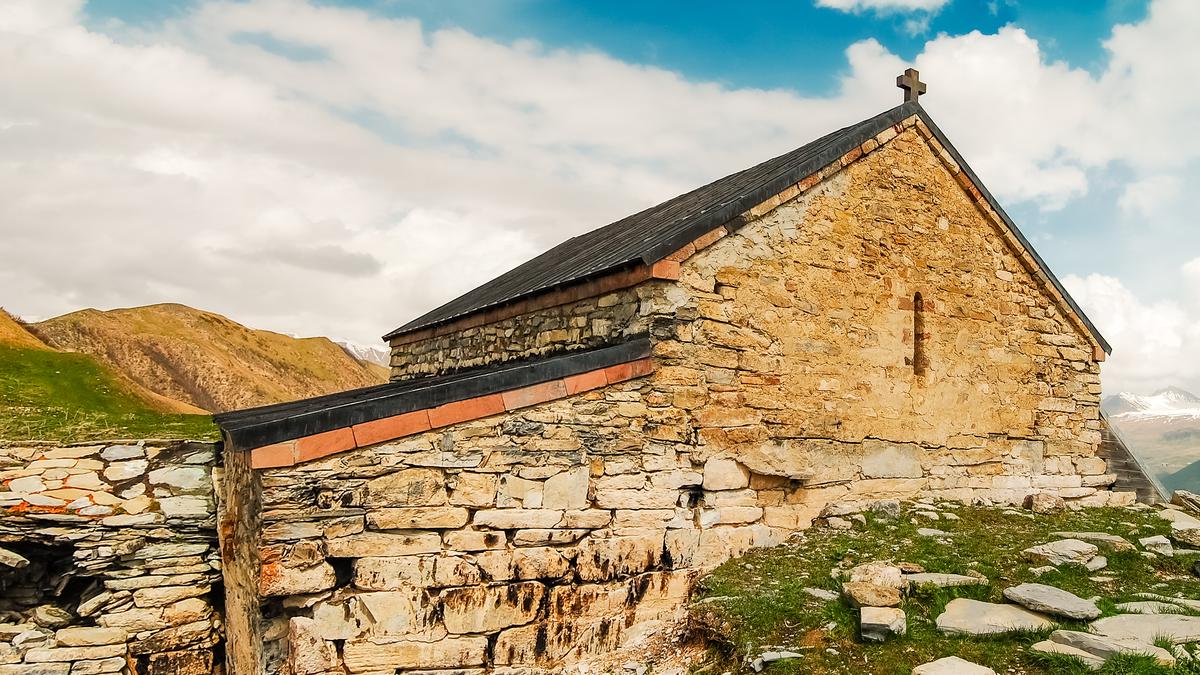
See all the sights of Georgia
-
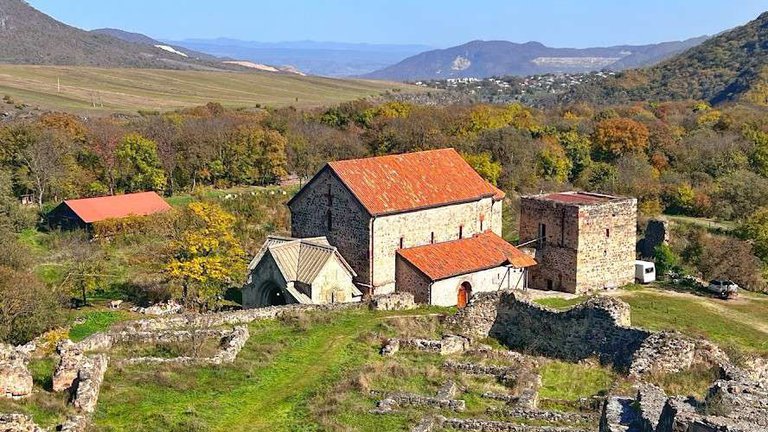
🏰 Dmanisi Sioni: An architectural wonder and an important religious center of Georgia 🌍
Sights of GeorgiaThe Dmanisi Cathedral of the Mother of God is one of the oldest churches in Georgia, buil…
-

🔮 Church of the Ascension in Ozaani: History, frescoes and architectural features of one of the most interesting sights of Georgia!
Sights of GeorgiaVisit the unique church in Ozaani! Find out how to get there, what to take with you, wher…
-

Besletsky Bridge in Abkhazia: Legends, Secrets and How to Get to This Ancient Miracle
Sights of GeorgiaHow to get to the Besletsky Bridge in Abkhazia? Where to spend the night, what to take wi…
-
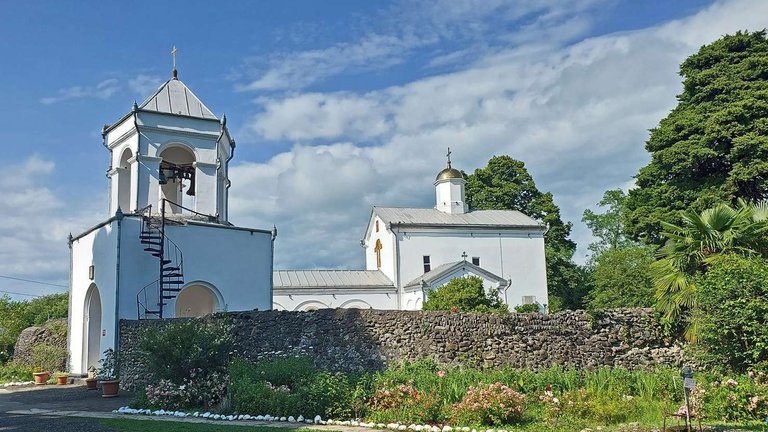
Ilori Temple in Abkhazia: Tragedy of Restoration, Disappeared Relics and Secrets Shrouded in Darkness
Sights of GeorgiaFind out everything about the Ilori Temple in Abkhazia: how to get there from different c…
-
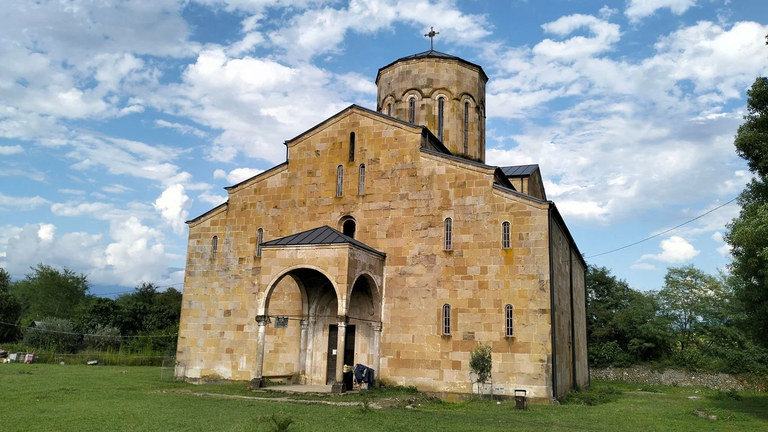
A place that defies restoration: why is the Mokva Cathedral in Abkhazia called cursed and sacred at the same time?
Sights of GeorgiaPlanning a trip to Abkhazia? Don't miss the Mokva Cathedral, one of the most ancient chur…
-
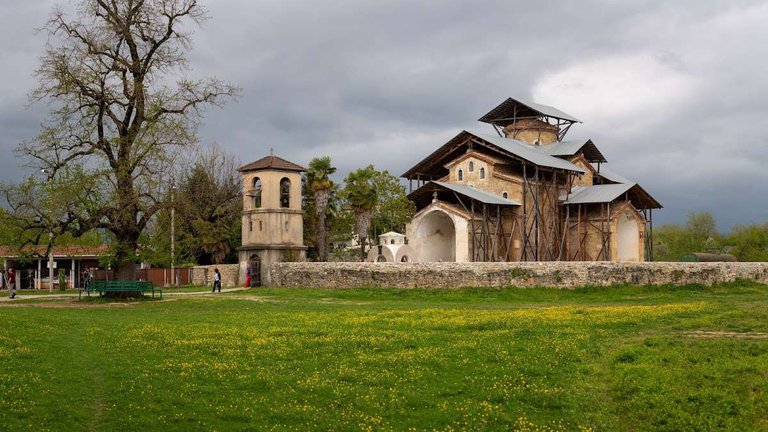
The Lykhny Church of the Dormition of the Blessed Virgin Mary is a 10th century mystery that is worth revealing!
Sights of GeorgiaFind out how to get to the temple, what to see nearby, where to eat and stay, and what sp…
-

Dranda Cathedral of the Dormition of the Blessed Virgin Mary - Find out what one of the oldest temples in Abkhazia hides
Sights of GeorgiaFind out what the Dranda Cathedral in Abkhazia hides behind it! 🌍 Discover the mysterious…
-
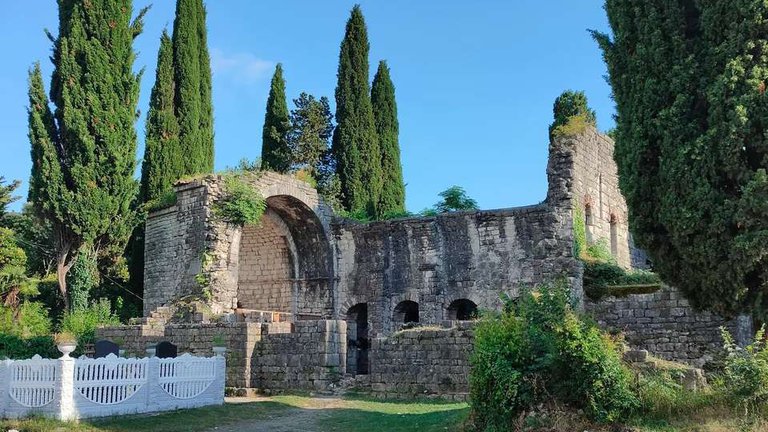
Tsandripsh Basilica: a unique Byzantine temple in Abkhazia that you must see!
Sights of GeorgiaThe Tsandrypsh Basilica is one of the most mysterious and unique sights of Abkhazia. Lear…












39 comments
Log in to leave a comment